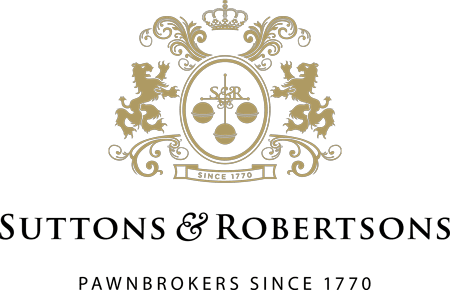Loan Against Diamonds
We offer short term loans against diamonds, with every valuation based on the latest Rapaport pricing, which is the industry standard for diamond pricing, to ensure you receive the best diamond pawn value. As a diamond pawn shop, we provide loans on diamond jewellery and loose stones.
Free expert valuation
No credit checks
Trusted for over 250 years
£300m provided in finance
UK wide service
Three London showrooms
No early redemption fees
Interest payable at redemption
Redeem the loan at anytime
how to pawn a diamond
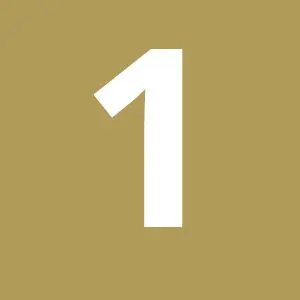
Contact us
Get in touch with us online,
in-store or by phone.
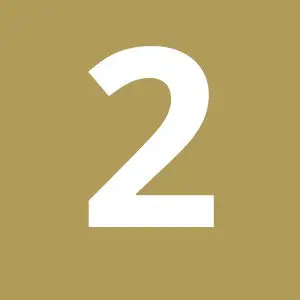
Accept Offer
RECEIVE YOUR OFFER FROM OUR
SPECIALISTS IN AS LITTLE AS 1 HOUR.
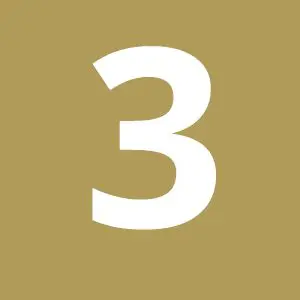
RECEIVE MONEY
ACCEPT THE AGREEMENT AND RECEIVE
THE MONEY VIA SAME-DAY BANK TRANSFER.
WE OFFER SEVERAL OPTIONS:
In Store
Bring your diamond(s) into one of our London stores today. You are welcome to book an appointment with our expert appraisers and they will be ready to meet you when you arrive.
Courier Service
Use our free insured Special Delivery courier service to send your diamonds(s) to us, or we can send our courier to you to collect your diamonds(s). Receive money in 24 – 48 hours from your home.
Book Appointment
We recommend booking an appointment to ensure a prompt service. Our expert appraisers will be ready to meet and serve you when you arrive.
HOW WE VALUE YOUR DIAMONDS:
Our highly trained specialists consider many factors when valuing your diamonds to ensure we provide you with the most accurate and up to date valuation. The most important factors are the ‘four Cs’ certification:
Carat
Carat is the unit of measurement for the weight of diamonds. Generally, a diamond’s value increases in line with the carat weight, however diamonds with equal carat weight can differ in value depending on other valuation factors.
Clarity
Clarity is the assessment of the inclusions (internal flaws) and blemishes (external imperfections) of your diamond. A gemstone with no visible inclusions or blemishes is graded as ‘flawless’ and therefore, likely to be of higher value.
Cut
The cut is often thought of as the diamond’s shape (oval, pear, round etc.), however it is also about how well the diamond has been cut and finished. The proportions, depth, symmetry and polish will all impact the aesthetic appearance value of the stone.
Colour
Diamonds come in many different colours, ranging from pink to blue. However, the most common are colourless. Colourless diamonds are graded on their lack of colour and any yellow, brown or grey tints can impact value.
Certification
A laboratory certificate from institutions such as GIA, HRD, and Anchorcert all help maximise the value of your diamonds.
LOOKING AFTER YOUR DIAMONDS:
Transport
If you use our courier service to have your diamonds collected from your home & send your items to us, they will be insured up to £20,000 during transportation.
Storage
Whilst your diamonds are with us to be valued by our specialists or if your diamonds are under loan with us, it is stored in protective packaging in our highly secure vaults.
Care
When your diamonds are with us, we take every step necessary to look after it. Our valuation specialists and inventory managers handle your diamonds with care to make sure your luxury valuables are returned to you in the same condition we received them in.

Best Place To Pawn Diamonds
We’ve provided over £300 million in funding against luxury assets since 2010, making us one of London’s most trusted destinations for pawning diamonds. We give clients a trusted, secure and discreet way to unlock the value of their diamonds.

Get a Free Quote NOW
0800 038 9839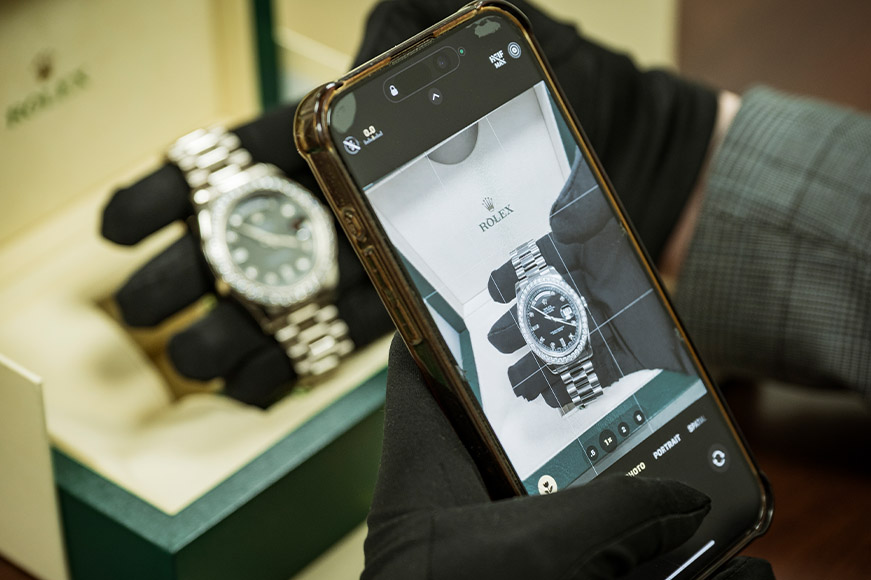

transact from Home & In Store
We welcome you to visit any of our secure and private London stores. We recommend booking an appointment to ensure a prompt service. If you're short on time, you can drop off your items, and we can sort the rest remotely.
If you don’t live or work locally, you can use our free, fully insured (up to £20,000) special delivery courier service. Send safely today, received tomorrow, payment to you - all in 72 hours.
FREQUENTLY ASKED QUESTIONS
What is a diamond lending loan?
A diamond lending loan is a secured loan where you use your diamond jewellery as collateral to borrow money. While some banks offer loans to businesses in the diamond industry, our diamond pawn shop service is focused on helping individual clients unlock short term funding against their diamond collections.
Can I get loan on diamond jewellery?
Yes, you can get a loan against diamond jewellery or loose stones. We assess the diamond’s quality and the overall piece to determine how much you can borrow.
Can you pawn diamonds?
Yes, you can pawn diamond jewellery with us. Our minimum loan amount is £500, so the item would typically need to be worth around £800 to meet our diamond loan criteria.
What is the pawn value of diamonds?
Most pawn shops will lend roughly 50% to 60% of a diamond’s resale value, depending on its quality, condition and market demand.
Why loan against your diamonds?
Your diamond(s) can be the solution to your short term cashflow needs. Loans on diamonds enable you to keep possession of them, preventing you from having to sell.
How much can I pawn my diamonds for?
We offer loans from £500 up to £2 million. We can lend up to 60% of the value of your diamonds. This means that if you are pawning a collection of GIA certified diamonds valued at £13,500, we could lend you a maximum of £8,100 (60% of the value).
How much do pawn shops pay for diamond rings?
In recent years, the natural diamond market has softened, which means many diamond rings have a lower resale value than they once did. As a result, diamond ring pawn shop worth can vary widely, though we will always offer you the highest diamond loan amount.
Can you get personal loans on diamonds?
Yes, as a diamond finance company, we offer cash loans against diamonds to individuals, and in some cases we may able to loan to diamond firms.
Do pawn shops buy loose diamonds?
We generally don’t buy loose diamonds, but we may still be able to offer you a pawn loan against them depending on their quality and value.
Do pawn shops test diamonds?
Yes, pawn shops do test diamonds. We check the 4Cs (cut, colour, clarity and carat) to determine the diamond pawn value before making an offer.
How do pawn shops test diamonds?
We examine them for authenticity and quality using tools such as specialist diamond testers and loupes.
How much can I pawn diamond earrings for?
The jewellery loan value depends on the diamonds’ quality, metal, and resale value. If the earrings are from a prestigious brand like Cartier or Graff, this can significantly increase their worth, as branded jewellery typically commands a higher resale price.
Can you pawn lab grown diamonds?
No, we do not currently accept lab-grown diamonds for pawn loans, and we don’t buy lab grown diamonds.
What is the pawn value of a diamond tennis bracelet?
The pawn value of a diamond tennis bracelet depends on factors such as the total carat weight, diamond quality (as determined by the 4 Cs), metal type, and brand.
Can I pawn my diamond engagement ring?
Yes. You can pawn your diamond engagement ring with us confidentially. We provide a discreet, secure service, and your ring is fully insured and safely stored for the duration of the loan.
Where can I pawn my diamond ring?
We’re a London based diamond pawnbroker offering a UK wide home collection service, so if you’re searching for a diamond pawn shop near me, we can help wherever you are. You can visit us in London or use our secure nationwide service to pawn your diamond ring from home.
Can you pawn GIA diamonds?
Absolutely, we accept GIA certified diamonds. They’re often the highest value stones and the quickest to assess, allowing us to offer fast, accurate diamond pawn values.
Which diamond brands can you pawn?
We accept all diamond brands. The most common we see are Graff, Harry Winston, Cartier, Tiffany, Boodles and DeBeers, but we’re also happy to loan against diamonds from many other luxury jewellers.
Can you pawn diamonds without a certificate or papers?
Yes. If you have a certificate, please bring it with your diamond and include a digital copy with your enquiry. This helps achieve the highest diamond pawn value. If you don’t have the paperwork, we can still assess the stone and offer a loan, though the valuation may be slightly lower.
Do you have pawn shop diamond rings for sale?
Yes, we often have a selection of pre-owned diamond rings for sale, including branded and vintage pieces. You can browse options online or visit one of our London stores to see what’s currently available.
What determines a diamond’s value?
A diamond’s value is determined by:
- Cut – how well the stone is shaped and proportioned
- Colour – how white or colourless it appears
- Clarity – the presence of inclusions or blemishes
- Carat – the stone’s weight
- Shape and condition
- Certification (e.g., GIA)
- Current market demand (e.g., Rapaport Pricing)
Do you offer cash for diamonds?
Yes. We offer cash for diamonds in two ways, through short term diamond loans or by buying your diamond jewellery outright.
Do you have a pawn shop diamond loan calculator?
We don’t currently have a diamond ring loan calculator, but we can provide you with a preliminary loan quotation within a few hours of assessing your diamonds.
Can you finance a diamond ring?
While a diamond pawn loan isn’t a traditional diamond finance product for buying diamonds, our collateralised loans are often used by clients to help fund jewellery purchases. We’re not a conventional diamond finance company, but we can offer a loan secured against items you already own.
Can a pawn shop tell if a diamond is real?
Yes. Pawn shops can determine if a diamond is real by using specialist tools such as specialist diamond testers and loupes, by assessing key characteristics like light performance, inclusions and the stone’s physical properties.
Our Pawnbroking Loan Rates
Terms
All our loans are for 6 months and are secured against your valuables. Maximum APR (including all fees): 93.21%. Minimum and maximum repayment term of 6 months. These loans are redeemable at any point during the loan period. Only the loan amount and accrued monthly interest are payable if the loan is redeemed before the end of the loan term.
REPRESENTATIVE EXAMPLE
Loan amount of £1,000. Loan term of 6 months. Interest rate of 6.5% per month (fixed). Total interest of £390 over 6 months. Total repayable amount in one instalment is £1,390. Representative APR is 93.21% (including all fees).
Risk Warning: If the loan is not repaid, the assets may be sold.
Related Reading
How to Find and Understand Your Cartier Serial Number
Owning a luxury item, like a piece of Cartier jewellery or a watch, will be an investment that you want to protect and understand. Jewellery and watches from the highly prestigious Cartier brand are...
Top 10 Watch Brands to Secure a Watch Loan in London
What is a Watch Loan? A watch loan is a type of secured short-term loan that uses your luxury watch as collateral. Instead of selling your timepiece outright, you temporarily hand it over to a...
How AI Affects the Pawnbroking Industry
Artificial intelligence (AI) is transforming industries at an astonishing pace. From banking to healthcare, from art to retail, technology is reshaping the way people work, live, and make decisions....
